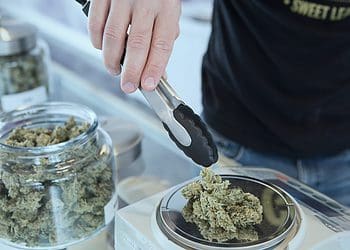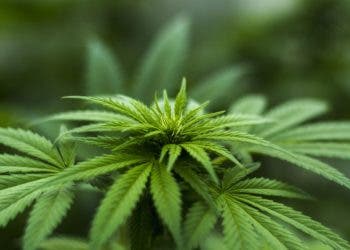Hemp has a long and rich history throughout the world. This humble plant served as a source of food and feed, of oil and fiber, in religious contexts, as a pillar of naval might, and as an important global commodity. Such was its importance and usefulness that hemp is widely held to be one of the first plants ever cultivated by humanity and one of the first sources of spun textiles.
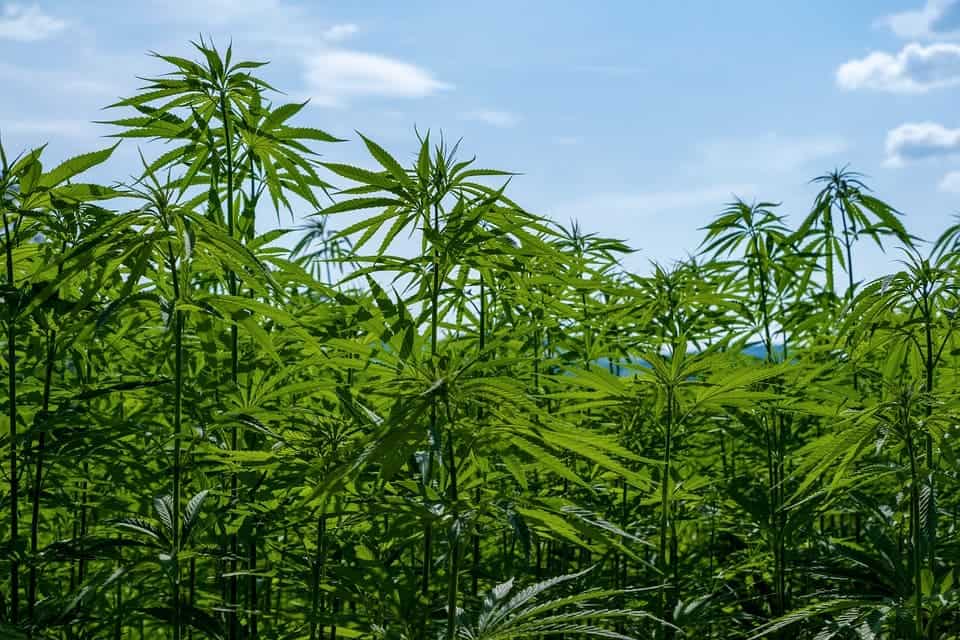
But advances in metallurgy, textile processing, and material science haven’t been kind to the humble hemp. For all its uses, industrial hemp is a very labor-intensive plant to process, is picky about environmental conditions, and requires fertile land to grow — prime fields that can otherwise be used to grow food. It also didn’t help very much that industrial hemp is subject to various degrees of legal standing in different parts of the world due to its association with drug cannabis.
However, in a world where automation and electricity are increasingly replacing laborers and muscle-power, there’s a lot of talk around bringing hemp back. And, judging from historical sources, this is one area where everybody should be happy that robots are taking our jobs.
A word on the legal context
Any discussion on the topic of hemp needs start with this simple caveat: industrial hemp, or ‘hemp cannabis’ (Cannabis sativa), is not drug cannabis. Drug cannabis isn’t a biological species and can be sourced from any member of the Cannabis family — sativa, indica, or ruderalis. In fact, for a large part of its history, people in modern Europe had no idea that cannabis plants can have psychoactive effects and were quite vexed when they came into contact with drug cannabis while merrily/violently colonizing other peoples, especially in Africa and India.

Image via Pixabay.
However, the association between drug cannabis and industrial hemp led to the latter going from a legal to illegal, and then back to a heavily-regulated but legal crop at various times throughout the world.
It has to be noted at this point that industrial hemp strains show low levels of tetrahydrocannabinol (THC) and higher levels of cannabidiol (CBD), which effectively prevents any psychoactive use of the plants (i.e. it won’t get you high). Drug cannabis is sourced from strains of Cannabis plants that were bred specifically to contain high levels of THC and low concentrations of CBD. Supporters of industrial hemp farms often try to draw attention to this point when discussing the legal framework around the plant, as it invalidates much of the reasoning behind the regulation of hemp.
The roots of industrial hemp
Hemp’s relationship with humans started sometime in the stone age in Asia, the plant’s native area. Hemp seeds hailing from 8000 BC have been found in the Japanese islands, suggesting that the plant was known to locals by this time and that they recognized its potential uses. Archaeological evidence of its processing and use — hempen rope imprints on pottery produced around the Taiwan area — has been recorded from as far back as the 5th millennium BC. Since cordage is a relatively refined product, this suggests that hemp already had a role to play in local economies and that people invested both time and thought into processing it as a commodity and resource.
While the plant was known to peoples across the Northern latitudes in the Neolithic, evidence of its processing and use in Europe only emerged around the Iron Age. Perhaps ironically, this likely comes down to the ridiculous versatility of the plant.
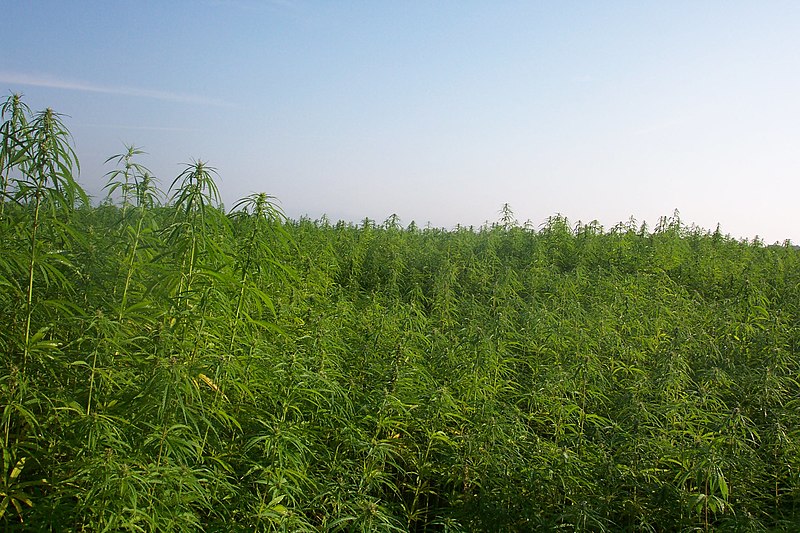
Image via Wikimedia.
Hemp can be used as a basis for a wide range of products. Initially, it was used as a source of food in the shape of plant parts and seeds, as an oilseed crop, and as animal feed. Hemp develops quite fast and is happy to grow in wild or semi-wild clumps (as long as soil and climate are suitable) with relatively little effort needed to care for it. It’s likely, then, that its first uses consisted of people exploiting these naturally-available plants while expending relatively little effort to refine it.
Where industrial hemp really picked up the pace was when people figured out they can use it for fiber and textiles. As we’ve seen earlier, this happened very early in Asia; by the 3rd millennium BC, people living in today’s China and Turkestan were already using it as raw material for textiles, and it is believed to have been the basis of the earliest forms of paper.
Europe was a bit more sluggish here because wool or linen had strong traditions in the area. Compared to them, hemp is very hard to turn into fibers. This process includes around 11 distinct, labor-intensive steps. One of them, known as retting, involves tossing hemp plants into a body of water and letting them fester for a few days to separate the fibers from the rest of the plant. Historical accounts tell us that it was so unpleasant, people straight-up did not want to work on retting hemp. Alan Frost writes in Botany Bay that by the 1780s, “there was a long tradition in Britain of making the poor and criminals do this work”. In Cannabis, Chris Duval writes that the ecological impact of retting was severe; retting makes water undrinkable and can kill off local wildlife through eutrophication. One can trace the use of hemp textiles throughout Europe, he explains, by tracking layers of its pollen in lakes and ponds. Other tasks, such as cutting the hardy plants for harvesting or beating the retted stems with mallets to separate the fibers were just back-breaking, not disgusting.
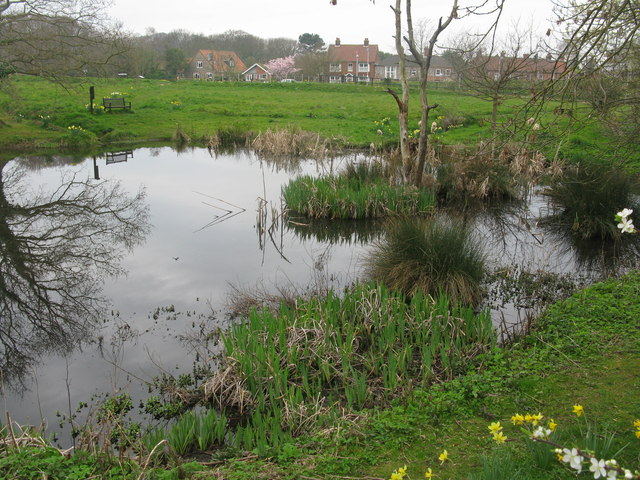
Image credits G. Laird / geograph.co.uk.
But the end product is tougher than either spun wool or linen, and eventually imposed itself in the West as a source of cordage and durable cloth.
Where its demise stemmed from
Europe’s ships would eventually sail across the known (and unknown, at the time) world, and hempen ropes made this possible. In the Age of Sail, hemp was considered a strategic resource, arguably on par with how crude oil is viewed today, and governments went to extreme lengths to secure access to hempen ropes and cordage. In another funny parallel to today’s world, many countries in Europe (Britain included) relied heavily on imports from Russia to cover their internal demand of this strategic resource.

Image via Wikimedia.
Duval explains that the US hemp industry was first established because the British Empire desperately wanted to own its own supply of hemp — but it proved to be economically unfeasible. There were severe problems with establishing adequate production in the New World. In the beginning, it was attempted in areas where the climate wasn’t suitable, so crops failed spectacularly. Later on, there were heavy government efforts on the part of the British to incentivize its growth, such as making hemp legal tender in most of the Americas from 1631 until they declared independence. This also failed spectacularly, because hemp just didn’t make enough money for farmers to grow it — funnily enough, this was due to heavy government efforts on the part of the British to keep the price of hemp low for their Navy. Empires are funny in that way.
By 1619, it was illegal not to grow hemp in Virginia. Massachusetts and Connecticut adopted similar laws soon after, while Pennsylvania, New York, New Jersey, North & South Carolina, and New England offered attractive subsidies for farmers growing hemp. It really picked up, however, in the South with the slave trade.
The third President of the United States, Thomas Jefferson, declared that “hemp is of first necessity to the wealth & protection of the country,” a statement he seemingly deeply resonated with as he kept men, women, and children as slaves on his 5,000-acre Virginia plantation (starting in 1774), where he grew hemp among other crops. Jefferson signed the Declaration of Independence, stating that “all men are created equal”, in 1776. He kept the plantation.
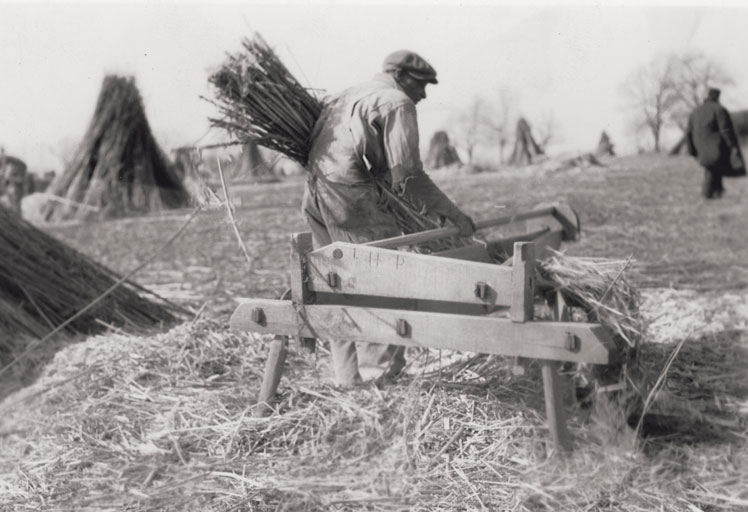
Image credits John Winston Coleman Jr.
James F. Hopkins writes in his book A History of the Hemp Industry in Kentucky that hemp was “a very common crop on the vast majority of central Kentucky farms” in the late 18th through to 19th century, with “nearly all farms” there growing it for fiber. Industrial hemp farming caught on in the South and not in the North because slave labor concentrated in this area, so farmers and hemp processing businesses had ample access to free labor. Hopkins also hints at this, stating that “farms with limited labor pools grew less or no hemp” in Kentucky.
But historically, we associate the North American slave trade with cotton, not hemp — and this helps to show us why industrial hemp farming lost its key economic role. In Duval’s own words, hemp resisted mechanization. It’s much easier to design a machine that can spin cotton or wool yarn, he explains, than one that can churn out hemp fiber. As such, most textile mills focused on the former two. And as demand for hemp textiles dwindled, so, too, did supply. The final nail in the coffin of industrial hemp, historically, had been the transition from cordage to chains in ships. This was one of the last strongholds of hemp because other natural fibers rot away quickly in humid conditions.
How the industry can flower again

Image credits Jnzl / Flickr.
Hemp is very attractive from an economic standpoint. When I wrote earlier that it is ridiculously versatile, it wasn’t a figure of speech. An Introduction to Industrial Hemp, Hemp Agronomy, and UK Agronomic Hemp Research explains that its fibers can be used “from low tech yarn and fabric to high tech electrical super-capacitors manufactured from carbon nanosheets”. The plant can serve as “alternatives for wood in construction materials (chipboard or particleboard)”, as a source for “components added to concrete (hempcrete), or bast fibers used in composite materials in place of synthetic fibers (molded plastics)”. Hempseed is valuable as “a dietary supplement for humans,” being “very rich in omega-3 and omega-6 fatty acids compared to many other potential sources, also relatively high in oil content”, and “as bird feed and livestock feed”. Cannabinoids, chemical compounds produced by hemp, can also be harvested for medical applications. Hemp can be grown for dual- or multi-purposes, i.e. for both seed and plant stems (fiber) at the same time, further increasing its versatility and economic value.
The 4-page long document tellingly concludes that “a complete list of the potential uses for hemp fibers is too long to provide here”, and that “again, an entire list of potential uses of hemp grain is very long”.
On the other hand, we have its traditional Achilles’ Heel — the huge amount of work it takes to process and refine the plant from field to fiber. Plus, retting sounds pretty gross.
But mechanization has come a long, long way from the coal-powered cotton gins of yore. And it’s further beefed up by automation. Mechanization involves the development, implementation, and use of machines in a particular field, while automation refers to the use of control systems (i.e. software) to run those machines and reduce the need for human oversight. If we put our mind to it, we can develop automated installations for the processing of hemp — and thus remove one of its largest drawbacks.
Legal contexts around the world are also changing in relation to hemp. In the preface of Industrial Hemp as a U.S. Commodity Crop, Doris Hamilton and D. W. Williams explain that the U.S. allows for legal hemp farming under the Agricultural Act of 2014. China has re-allowed the growing of hemp on an industrial scale after a brief stint with criminalization back in 1985, and it’s currently cashing in big on the industry — both for hemp itself and CBD-related products.
Discussions around hemp invariably trip over the issue of it being related to the drug cannabis. Personally, I feel that’s a very good way to shoot ourselves in the foot, first because hemp isn’t a drug, and secondly because the War on Drugs has been a fiasco anyway and it’s time to stop beating a dead horse. Hemp has been with us for a long time, and it seems determined to stay — I say we should let it.
Just don’t make me ret it.

